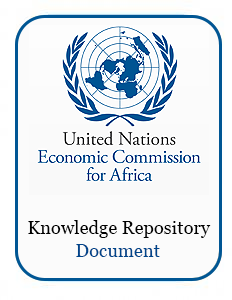Cleaning Pakistan's Air : Policy Options to Address the Cost of Outdoor Air Pollution
Pakistan's urban air pollution is
among the most severe in the world and it engenders
significant damages to human health and the economy. Air
pollution, inadequate water supply, sanitation, and hygiene
are the top environmental priority problems in Pakistan.



